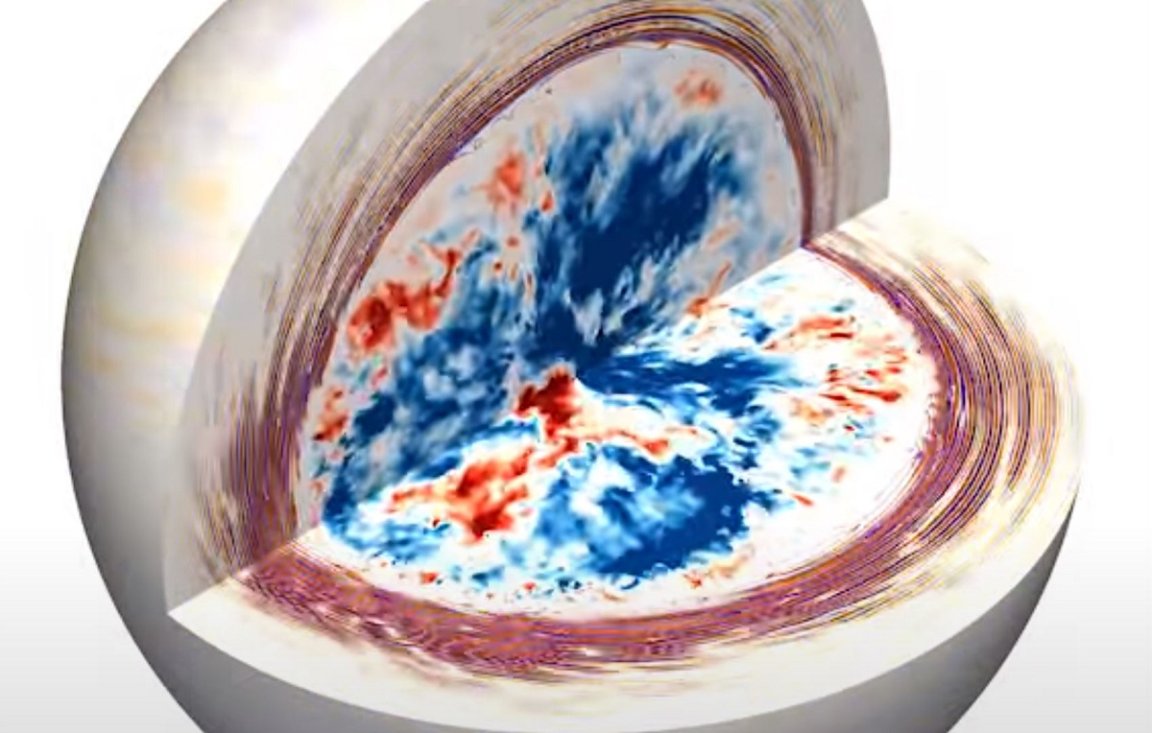
Star Bright
Stars are a miraculous balance between the pull of gravity and the extreme pressure from a star’s white hot core pushing back. From this equilibrium, heat and energy churn in a complex — and brutally powerful — balletic dance that make stars twinkle and glow from our distant vantage point.
In a new study out from Nature Astronomy, a team of scientists developed detailed computer simulations that model the cataclysmic flow of heat and energy inside these colossal cosmic bodies, and how it ultimately impacts how a star flickers or twinkles.
Modeling this complicated process could help astronomers better understand how stars evolve and collapse at the end of their life cycle, and in turn provide missing pieces to the mystery of how galaxies are formed and perhaps even how our universe flared into existence in the first place.
“What I find really fascinating with astronomy is how much we can learn just from studying the light of stars,” University of Sydney astronomer study coauthor May Gade Pedersen told Scientific America. “Because that’s all we really have.”

Heat Waves
In all stars, there is a convective zone where heat and energy flow from the core to its perimeter. When this flow collides against the perimeter, it causes what are known as gravity waves, which echo throughout the star and make it flicker or twinkle.
“Waves inside a star are like the waves you see in the ocean,” Pedersen told SciAm. “So if you throw a stone into water, you see it generate waves that’s moving away from where you threw the stone in.”
In an attempt to understand this phenomenon better, the team created computer simulations that model the convection flow of heat and energy within a massive star, using previously collected data, to predict the flickering quality of stars or their “stellar photometric variability,” as the paper calls it.
“Motions in the cores of stars launch waves like those on the ocean,” said Evan Anders, an astronomer at Northwestern University and another of the study’s co-authors, in a press release. “When the waves arrive at the star’s surface, they make it twinkle in a way that astronomers may be able to observe. For the first time, we have developed computer models which allow us to determine how much a star should twinkle as a result of these waves. This work allows future space telescopes to probe the central regions where stars forge the elements we depend upon to live and breathe.”
More on stars: Scientists Astounded When Two Stars Collide in Brain Melting Explosion